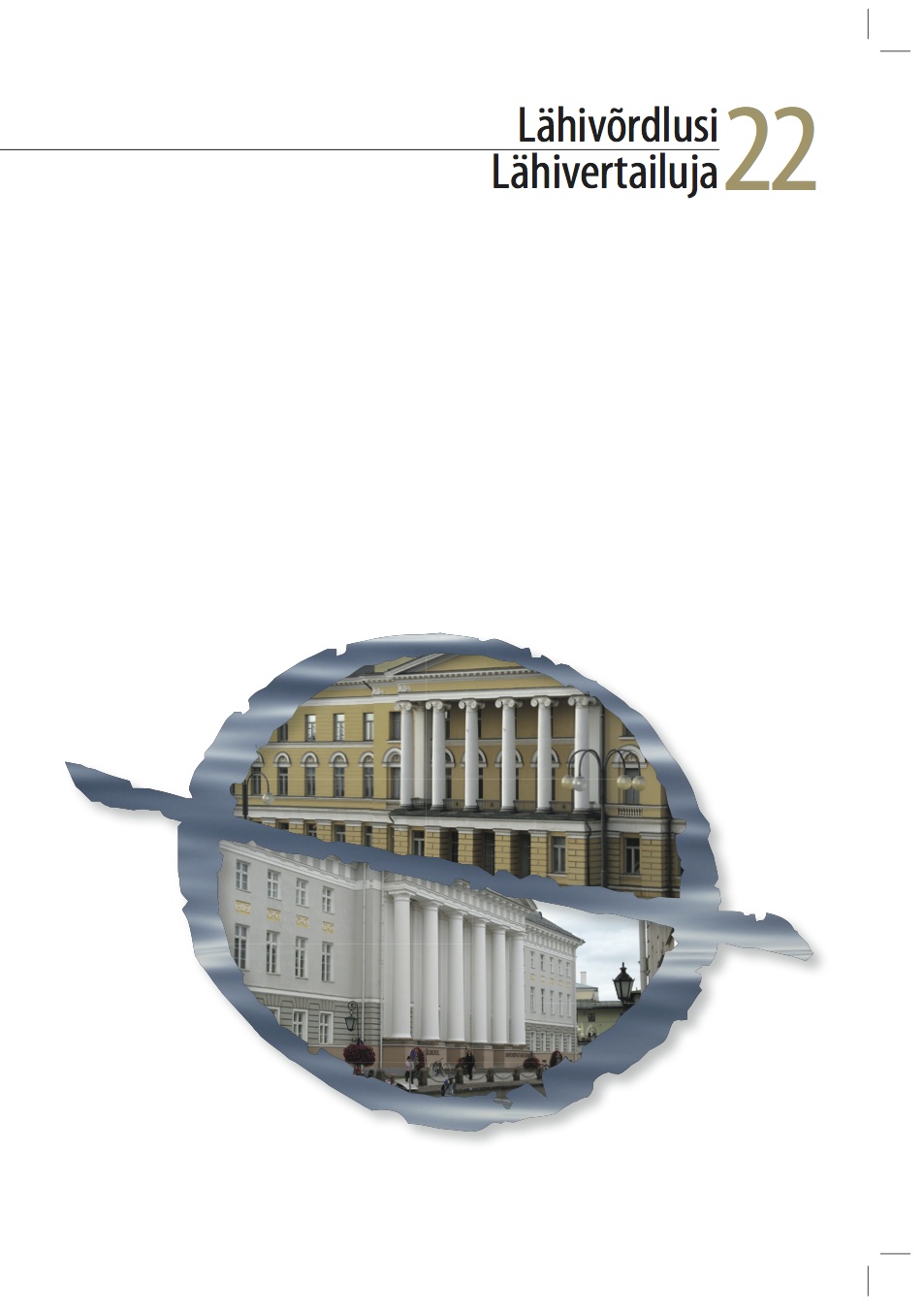Värvingupartiklite kujunemisloost: saksakeelsete partiklite doch, wohl ning ja eestikeelsed vasted
About the development of modal particles: Estonian equivalents of German particles doch, wohl and ja
Author(s): Janika KärkSubject(s): Language and Literature Studies
Published by: Eesti Rakenduslingvistika Ühing (ERÜ)
Summary/Abstract: $e comparison of Estonian and German parallel texts from the 17th and 18th centuries with a view to exploring the use of particle words enables us to make several assumptions about the formation, deployment and borrowing of ()avouring) particles as a word class. $is research will focus on the comparison of the German particles ja, doch and wohl with their Estonian equivalents in the works of Heinrich Stahl, Christoph Blume and Anton $or Helle. Of these partic les, only doch was used in German as a modal particle before the year 1600, and it probably in)uenced the further introduction of (mainly) adverbs in modal particle function. Although the use of the German particle doch in Estonian language texts was common in the older texts of Stahl and Blume dating from the 17th century, we may also %nd a few Estonian equivalents like siiski, ometi, õieti, allowing to assume that these particles were used in Estonian. It seems that the German doch had no direct impact on the use of particles in Estonian, proved by the fact that a hundred years later Helle gave up using the particle doch in his Estonian texts.
Journal: Lähivőrdlusi. Lähivertailuja
- Issue Year: 2012
- Issue No: 22
- Page Range: 131-156
- Page Count: 26
- Language: Estonian

